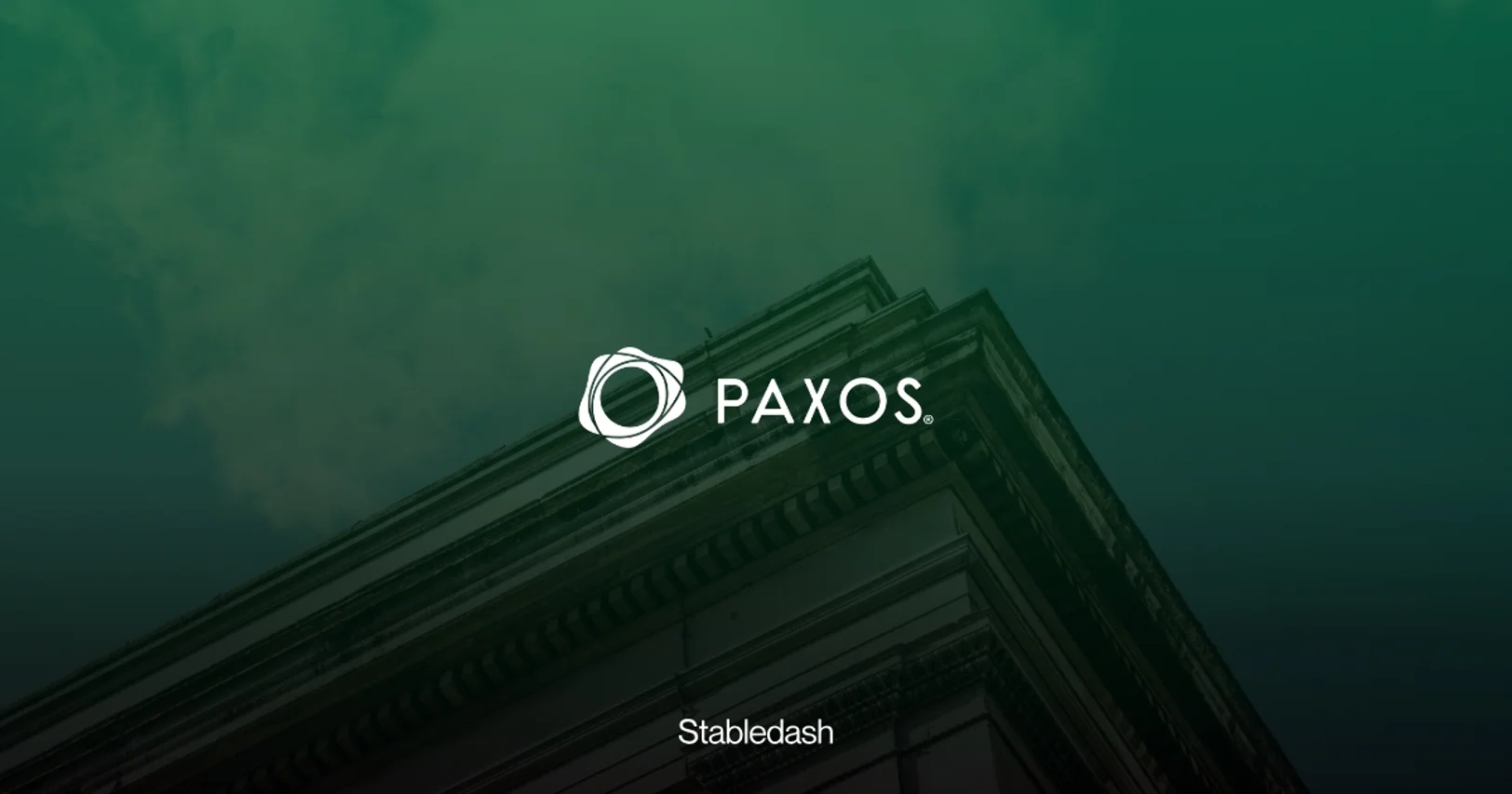Regulation
The New Standard for Stablecoin Transparency
A practical breakdown of AICPA's 2025 Reporting Criteria
October 16, 2025

As the stablecoin market matures, transparency is no longer optional — it’s a prerequisite for market trust and institutional adoption. In response, the AICPA’s Assurance Services Executive Committee (ASEC) has introduced the 2025 Criteria for Stablecoin Reporting: Specific to Asset-Backed Fiat-Pegged Tokens (the “AICPA Criteria”), providing a standardized framework for the presentation and disclosure of redeemable tokens and the related assets for redemption.
This new guidance is specific to asset-backed, fiat-pegged tokens, such as USD-backed stablecoins, and is intended to bring consistency, clarity and comparability to how token issuers report their obligations and reserves.
Here is what you need to know.
Why this matters: bridging the trust gap
Prior to this release, there was no common framework for measuring or evaluating a stablecoin issuer’s assertion about token supply and the reserves backing them. Disclosures were often incomplete and not consistent, or comparable across token issuers.
This resulted in a lack of transparency for users, increased risk for regulators and credibility concerns across the ecosystem.
The AICPA Criteria addresses this by establishing a uniform reporting framework that can be applied by management of token issuers when measuring and reporting relevant stablecoin information and by practitioners in attestation engagements when issuing assurance reports for use by token holders and regulators.
What the AICPA criteria covers
The guidance breaks down stablecoin reporting into three distinct subject matters, all assessed at a specific measurement point in time:
- Redeemable tokens outstanding
- Redemption assets available
- Comparison of tokens outstanding to assets available
Each subject matter includes suitable criteria and illustrative disclosures.
Redeemable tokens outstanding
This section defines the tokens in scope — specifically, natively minted tokens on designated blockchains, as identified in the issuer’s legal and technical terms (e.g., terms of service, user agreements).
Key points include:
- Token issuers must clearly disclose the total number of natively minted tokens, including those that are not currently redeemable.
- Nonredeemable tokens (e.g., test, time-locked or permanently restricted tokens) must be transparently disclosed and subtracted to calculate the true redeemable supply.
- Related disclosures must also cover unresolved incidents, such as smart contract vulnerabilities or consensus failures, that materially affect redeemability.
Example: If a blockchain experienced a fork or security incident that materially impacted redemption rights, the event is required to be disclosed.
Redemption assets available
This section sets criteria for disclosing the nature, value and custody arrangement of the assets backing the stablecoins. These include:
- Asset type included in the reserves backing issued tokens (e.g., cash, cash equivalents, U.S. Treasuries, repurchase agreements)
- Jurisdictional details about custodians and whether they are related parties
- The valuation method for each asset class (e.g., par value, net asset value or fair value)
- Restrictions on the use of these assets (e.g., pledged for loans)
Issuers are also expected to disclose risk mitigation mechanisms, such as:
- Private insurance policies for uninsured deposits
- Bankruptcy-remote trust structures
- Restrictions on asset rehypothecation
Comparison: are tokens fully backed?
Perhaps the most critical section, the AICPA Criteria requires a direct reconciliation between:
- The total redeemable tokens outstanding
- The total redemption assets available
Any surplus or deficit must be disclosed, along with:
- Unprocessed transactions (e.g., tokens purchased but not minted, redemptions requested but not yet fulfilled)
- Temporary differences (e.g., access-restricted or time-locked tokens that have assets backing them but are not redeemable at the time of reporting)
Issuers must also disclose if the asset-backing level ratio is not 1:1.
Who can use these criteria?
The AICPA Criteria are designed for:
- Stablecoin issuers to present standardized reporting to stakeholders
- Practitioners conducting attestation engagements under AICPA standards
Importantly, while these criteria are voluntary, their publication means they are now considered suitable criteria under the AICPA Professional Standards. This opens the door for token issuers to undergo assurance engagements using this benchmark to provide consistent and comparable information to stakeholders.
Why it matters
This is the first time the accounting profession has defined standardized reporting-ready criteria tailored for fiat-pegged digital assets. The criteria:
- Enables comparability across different stablecoin issuer reports
- Improves transparency for token holders and regulators
- Reduces reputational and regulatory risk for issuers
For accounting firms, it gives practitioners a reliable framework to evaluate management’s assertions and deliver meaningful assurance that aligns with professional standards.
It’s not regulation, but it does provide a framework
To be clear, the AICPA Criteria are not mandatory, nor are they regulatory requirements. However, they are likely to become a baseline expectation for serious market participants — especially those looking to gain institutional trust or work with regulated custodians, exchanges or payment networks.
When do they apply?
The criteria are effective immediately. Issuers and practitioners can begin applying them today.
Final thoughts
From the perspective of practitioners, the AICPA Criteria represent a crucial step toward closing the transparency gap in the stablecoin sector.
Practitioners now have the tools to bring transparency and consistency to a rapidly evolving digital asset class, and ultimately, to help the industry build the credibility it needs to scale responsibly.
The views reflected in this article are those of the author and do not necessarily reflect the views of Ernst & Young LLP or other members of the global EY organization.
Sources: aicpa-cima.com/resources/download/stablecoin-reporting-criteria
Don't Miss the Next Big Shift
The Stabledash newsletter keeps you off the timeline and dialed into modern money.
Join leaders at Circle, Ripple, and Visa who trust us for their stablecoin insights.



